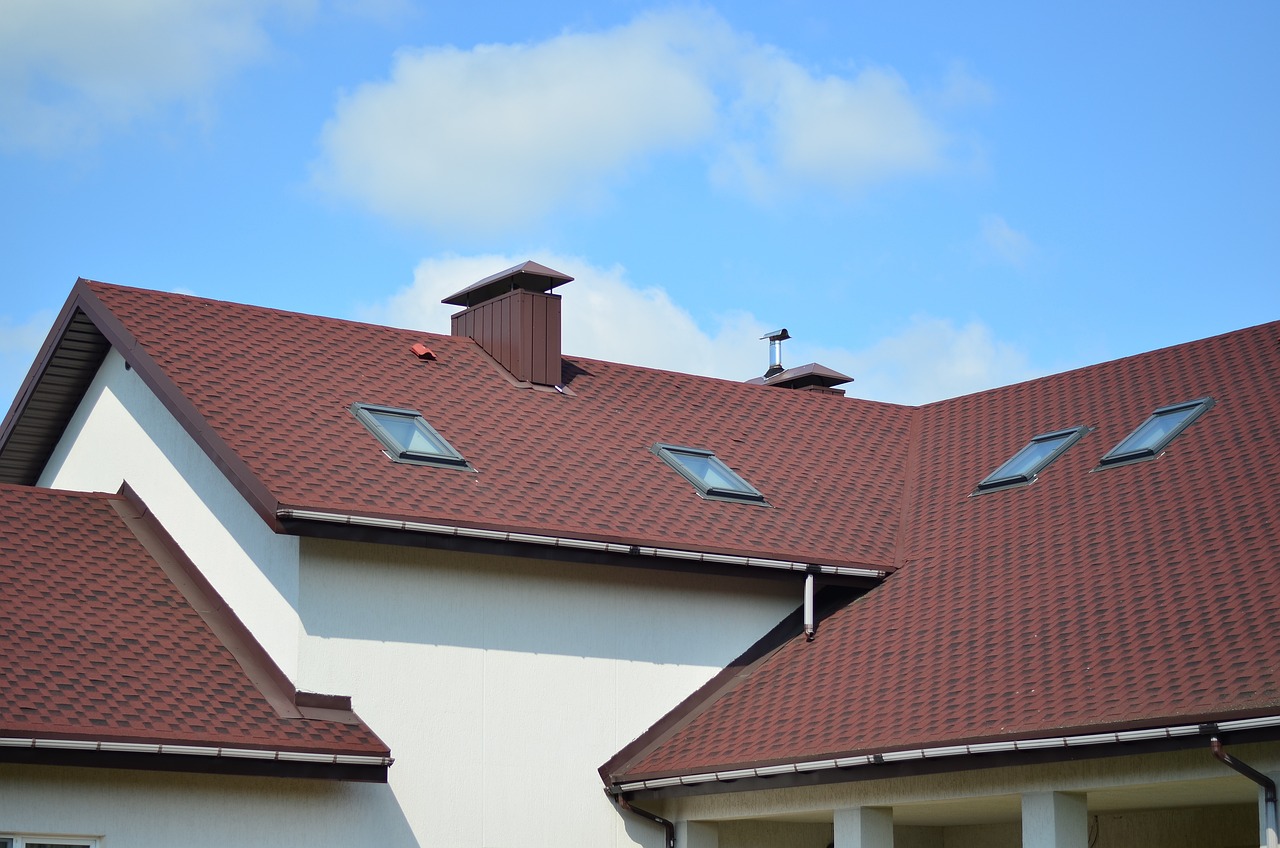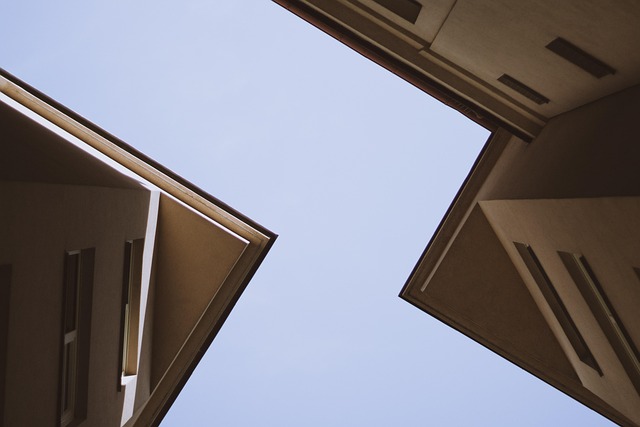7 Common Roofing Issues Real Estate Owners Should Address
Owning real estate comes with a myriad of responsibilities, one of which is maintaining the integrity of the property's roof. While the roof might not always be at the forefront of a property owner's mind, neglecting it can lead to significant problems down the road. This blog post aims to shed light on seven common roofing issues that real estate owners should address promptly. By understanding these challenges and taking proactive measures, you can ensure the longevity and safety of your property. Read on to discover the essential roofing issues you need to be aware of and how to tackle them.

1. Damaged Flashing
Flashing is a critical component of your roofing system. It helps direct water away from key areas such as chimneys, vents, and skylights. Damaged flashing can lead to leaks and water damage, which can compromise the integrity of your entire roofing structure. It's time to call in professional roofing contractors if you notice cracks or rust on your flashing. These experts can replace or repair the flashing, ensuring that your roof remains watertight and secure.
2. Missing or Broken Shingles
Shingles protect your roof from the elements. Over time, they can become damaged due to wind, rain, and UV exposure. Missing or broken shingles can expose the underlying materials to moisture, leading to rot and other structural issues. Regularly inspect your roof for any signs of shingle damage and replace any that are missing or broken. This simple step can prevent more severe problems down the line.
3. Roof Leaks
One of the most common roofing issues is leaks. Roof leaks can be caused by various factors, including damaged shingles, cracked flashing, and clogged gutters. Leaks can lead to water damage inside your property, promoting mold growth and weakening the structure. If you notice water stains on your ceiling or walls, it's crucial to address the issue immediately. Contact a roofing professional to identify the source of the leak and make the necessary repairs.
4. Clogged Gutters
Gutters play a vital role in directing water away from your roof and foundation. However, they can easily become clogged with leaves, debris, and dirt. Clogged gutters can cause water to overflow, leading to roof leaks and damage to your property's foundation. To prevent this, clean your gutters regularly and install gutter guards to minimize debris buildup. This maintenance task can save you from costly repairs in the future.
5. Poor Ventilation
Proper roof ventilation is essential for maintaining a healthy roofing system. Poor ventilation can lead to a buildup of heat and moisture, which can damage your roof's components and reduce its lifespan. Ensure that your attic has adequate ventilation to allow for proper airflow. This can be achieved by installing vents and fans, which help regulate temperature and moisture levels. A well-ventilated roof is less likely to suffer from issues like mold growth and material degradation.
6. Sagging Roof
A sagging roof is a clear sign of structural problems. It can be caused by various factors, such as excessive weight from snow or ice, water damage, or weakened support beams. If you notice any sagging areas on your roof, it's essential to address the issue immediately. A professional roofing contractor can assess the situation and determine the best course of action, whether it involves reinforcing the structure or replacing damaged components.

7. Tree Damage
Trees can pose a significant threat to your roof, especially during storms. Overhanging branches can scrape against the roof, damaging shingles and flashing, and falling branches can cause even more severe damage, potentially puncturing the roof and leading to leaks. Additionally, the accumulation of leaves and twigs on the roof can trap moisture, promoting the growth of moss and algae, which can degrade roofing materials over time. Animals such as squirrels and birds that use overhanging branches as access points can also create nests in your roof, leading to further damage. To protect your property, trim any overhanging branches and remove any trees that pose a risk to your roof. Regularly inspect the trees around your property for signs of disease or instability, as weakened trees are more likely to fall during extreme weather. Consider consulting with a professional arborist to ensure that your trees are healthy and appropriately maintained. Regular tree maintenance can prevent these issues, keeping your roof in good condition and prolonging its lifespan.
Maintaining your roof is crucial for protecting your real estate investment. By addressing these seven common roofing issues—damaged flashing, missing or broken shingles, roof leaks, clogged gutters, poor ventilation, sagging roof, and tree damage—you can ensure the longevity and safety of your property.